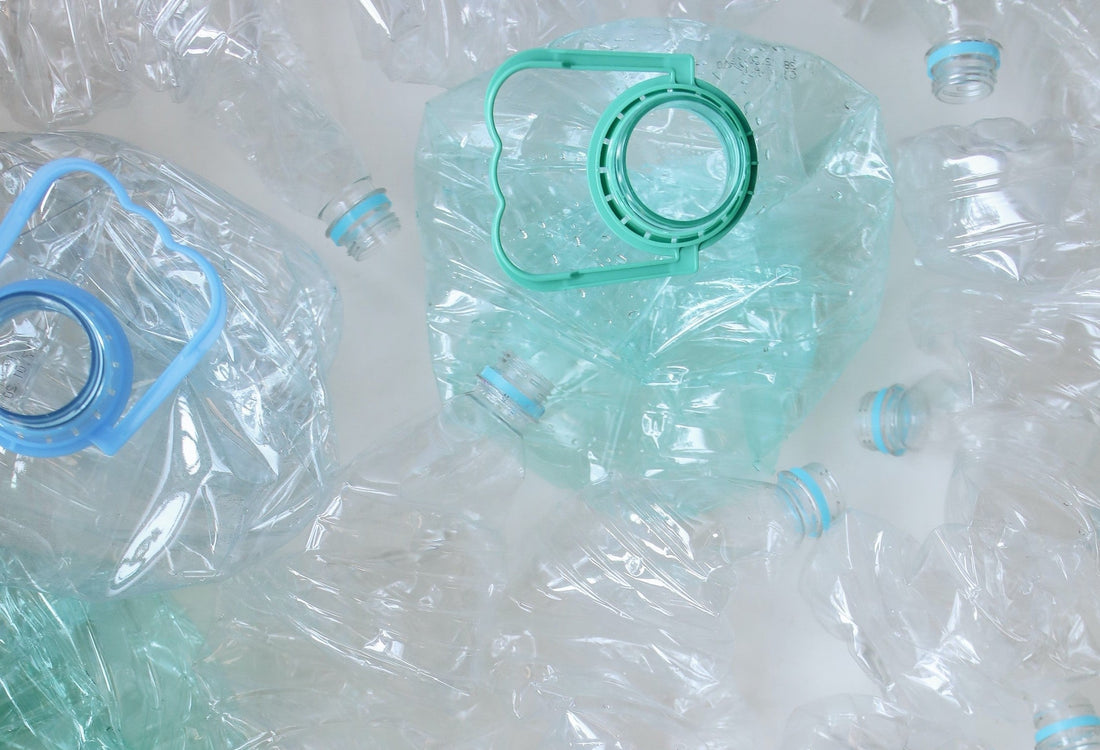
Pollution in the form of textile fiber
Share
Now that attention is increasingly focused on environmental well-being, it is important to clearly differentiate between a polluting material and an ecological material.
Yes, fashion is indeed the second most polluting sector in the world, partly because the textile industry uses 4% of the world's available drinking water and produces 1.2 billion tons of greenhouse gases each year.
Approximately 42 million tons of polyester are produced each year. This petroleum derivative is manufactured using toxic chemicals such as sodium bromide and titanium dioxide, which contribute to air, soil, and water pollution. Furthermore, did you know that with each wash, synthetic fibers release plastic microfibers that end up in our rivers, streams, and oceans?
Cotton is very popular in the fashion industry, both for clothing and bedding, as well as for cosmetics 1 . Approximately 20 million tons of cotton are grown each year and have an impact on the environment. In fact, 20,000 liters of water are needed to grow and process just 1 kilo of cotton. In addition to consuming a lot of water, cotton farming represents approximately 10% of global pesticide production.
It's therefore wise to turn to eco-friendly fibers, meaning those with a low environmental impact. Here's a list of fibers to look for and prioritize when purchasing clothing.

Unlike conventional cotton, organic cotton is grown without pesticides, insecticides, or chemical fertilizers, and is GMO-free 2 . It also uses much less water to grow than conventional cotton, and it is bleached with hydrogen peroxide rather than chlorine.
When a fiber is called "sustainable," such as sustainable wool, sustainable cashmere, or sustainable viscose, its production uses far fewer environmentally harmful chemicals than conventional production of the same fiber. In the case of sustainable wool and sustainable cashmere, this is also referred to as a pasture 3 well managed that does not negatively affect the soil.
Recycled fibers are made from old clothing or textile scraps that are reprocessed to create a new fiber. In the case of synthetic fibers, they can also be recycled from plastic bottles. Semi-synthetic fibers are of plant origin but are treated with synthetic substances. They are therefore neither natural nor synthetic. In the case of Lyocell, the chemicals used in its manufacture are non-toxic and can be reused endlessly. Furthermore, Lyocell is 100% biodegradable and compostable.

Here is a list of materials that have a negative impact on the environment.

Synthetic fibers account for 65% of global textile production, largely because they are easy to care for and inexpensive to produce. Every synthetic fiber is derived from a fossil fuel-based solution. It's no secret that extracting these fuels has severe environmental impacts and disrupts ecosystems. Furthermore, synthetic fibers are sometimes difficult to dye, requiring the use of environmentally toxic synthetic dyes.
As mentioned above, semi-synthetic fibers are of plant origin but are treated with synthetic substances, so they can be considered less polluting than a fully synthetic fiber. However, if the chemicals involved in its manufacture are harmful to the environment, this fiber is not eco-friendly.
Did you know that raising sheep for wool and goats for cashmere has serious environmental consequences? To meet demand, more and more sheep and goats are being herded into the same area, leading to overgrazing. Overgrazing means that vegetation doesn't have time to grow back before being consumed. The soil then becomes vulnerable to erosion and desertification. Furthermore, during shearing, sheep and goats are often injured by shearers who cut their skin or beat them to silence them.
It's not just sheep and goats that suffer animal cruelty. Down is a layer of fine feathers that cover birds, primarily used for stuffing or insulation. However, the down feathers are plucked directly from the living animal and cause them great suffering. Obtaining leather is also a disrespectful practice, as animals are killed for their skins. Contrary to popular belief, cattle are not the only victims of the leather textile industry. In China, approximately 2 million cats and dogs are killed each year for their skins, not to mention all the other animals used for their fur. In addition to animal cruelty, tanning hides requires the use of chemicals that are toxic to the environment.
In light of the statistics surrounding the textile industry and its impact on the environment, there are several solutions available to us to make our wardrobes more sustainable.
- Buy less, and buy better. Fast fashion is one of the reasons why a huge amount of cheap and polluting textiles is produced each year. It's better to buy fewer but better-quality clothes.
- Favor clothing made from eco-responsible fibers.
- Favor vegetable dyes over chemical ones.
- Avoid throwing your clothes in the trash. Instead, you can donate them to friends and family, a thrift store, a community organization, or a recycling center.
- Buy second-hand clothes.
-
Cotton is used in the cosmetics industry, among other things, for makeup remover pads and disposable makeup remover wipes.
-
Genetically modified organism
-
Place covered with grass which must be consumed on the spot by livestock.
Sources:
https://fr.sustainyourstyle.org/en/fiber-ecoreview
https://www.wedressfair.fr/matieres/coton-biologique
https://lamiradacritica.com/en/
